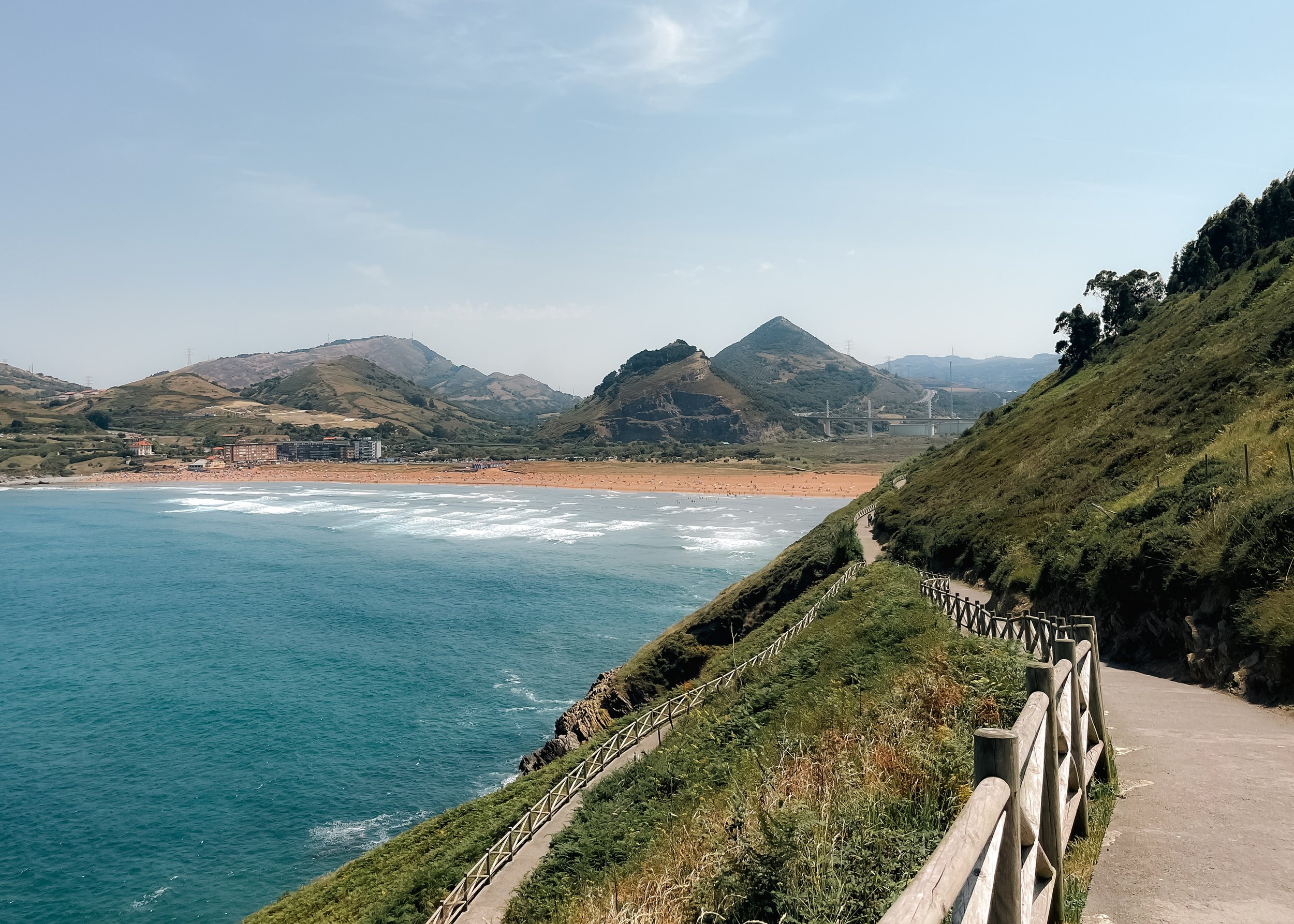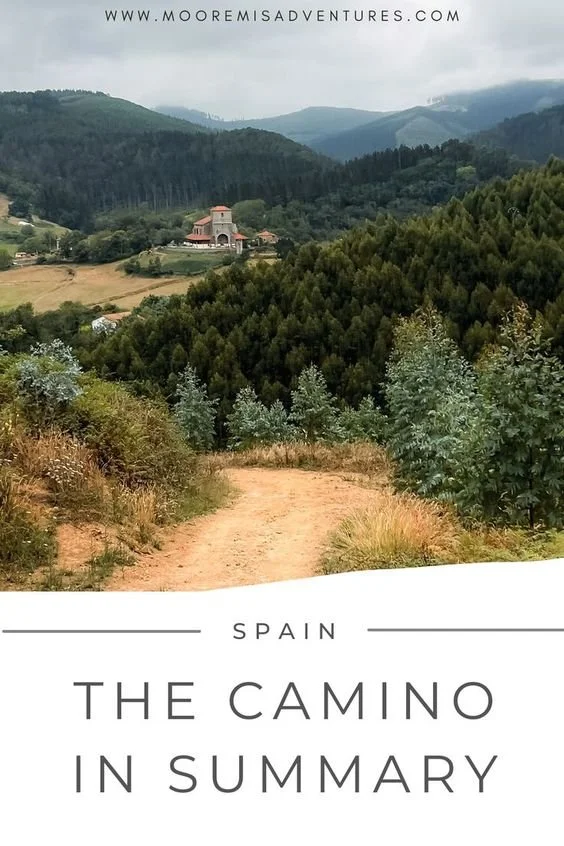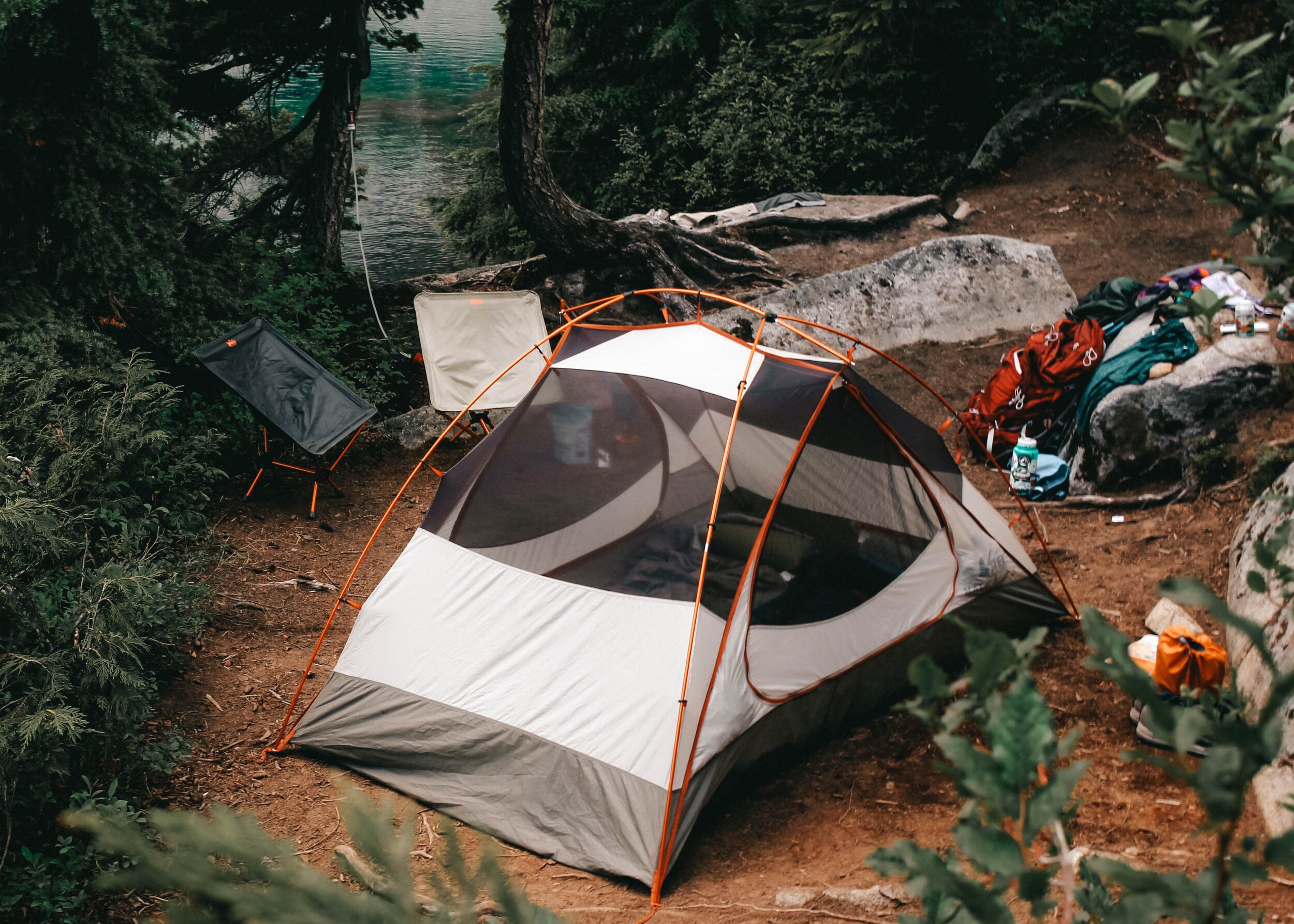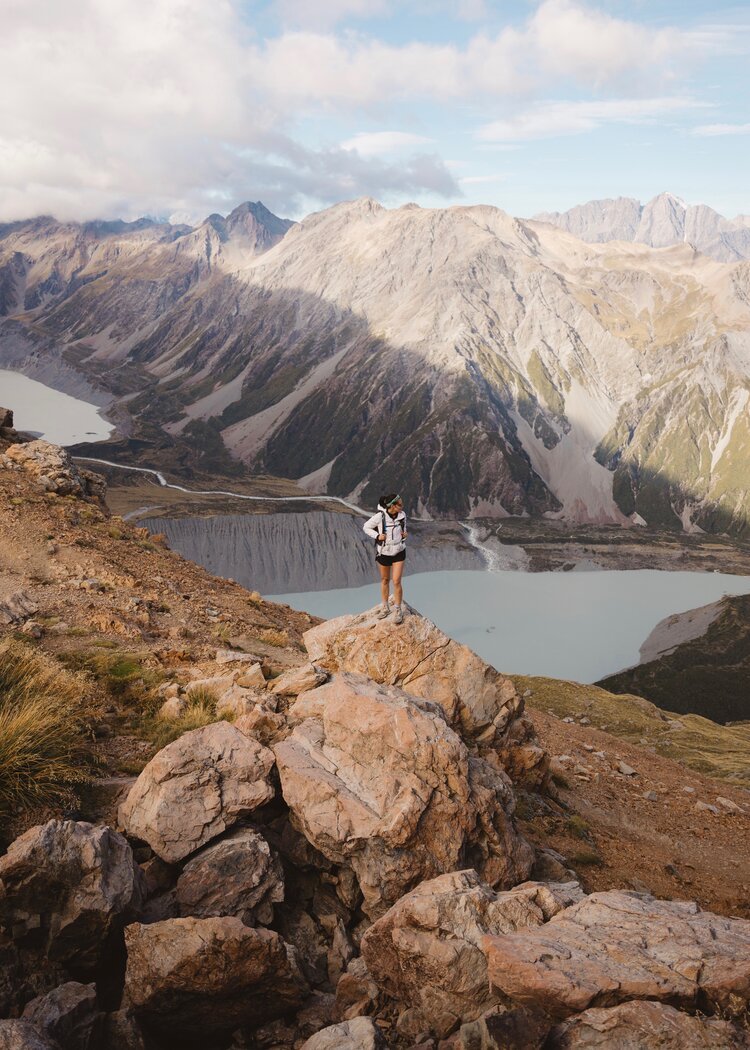The Camino: a Somewhat Brief Summary
This is An introduction to the camino de santiago, a 500-mile pilgrimage across spain, and a summary of my time undertaking it.
My experience on the Camino could fill several volumes of Encyclopedia-sized books. Even then there would be piles of notes leftover that didn’t make the final cut. While there is a capacity for the words to pour out of me, I fear that if I allow it, they will spill out in a nonsensical way, like a flood picking up any object in its path⏤a car here, a bathtub there⏤and leaving them in a muddy, soggy heap of disarray for people to pick apart later.
I want to describe the array of landscapes I saw, to tell of the characters I met along the way, to provide details of each day’s walk for others who may want to embark on such a journey, and to share the highs and lows that inevitably come with walking 500 miles across an entire country. But it is daunting to untangle the memories, places, and emotions that make up the web of a journey.
So therein lies the problem: how to share an experience that remains a jumbled mess in my head? How can I convey the fullness of my seven weeks in Spain in a small post? How can I transmit the depth of what I saw and felt into a slew of understandable words and pictures for others?
The answer: one step at a time. Or, in this case, one word at a time.
Welcome to the flood, my friends.
A Crash course in camino terminology
Let’s start with the easy stuff, the who-what-where’s of the Camino, so that you have some context to work with. But first, a few definitions are in order as to not throw around whimsical Spanish terms that have no meaning to you.
Camino de Santiago | A pilgrimage across Spain dating back to the 9th century. Also referred to as “The Way” or simply as “The Camino.”
Pilgrimage | A long journey, often for personal growth.
Pilgrim | A person that walks the Camino.
Buen Camino | A well-loved phrase used to greet a pilgrim. It translates to “good walk.”
Albergue | An affordable hostel for pilgrims to sleep.
Credencial | A sort of passport book that pilgrims must present and have stamped at albergues.
Pilgrim Menu | The blood life of the Camino, it is the cheaper pilgrim-version of the Menu del Dia meal. It includes a first and second course, bread, wine OR water (not both, to be very clear), and dessert for a ridiculously low price of 10 euros or less.
Santiago de Compostela | Both a city and the name of the cathedral that marks the end goal for many pilgrims. It is located in the northwestern corner of Spain and is simply referred to as “Santiago.”
Compostela | An official certificate you receive in Santiago after completing your Camino. You must present your credencial of stamps proving that you walked at least 100km.
Yellow arrows | Official (and non-official) markers that point the way to Santiago.
Good, now that that’s out of the way, let’s carry on, shall we?
What is the Camino?
The Camino de Santiago is a 500-ish mile pilgrimage across the length of Spain. Traditionally, a pilgrimage is a religious walk, but having faith in a god is not a requirement to partake in one. At best, I would file myself away as agnostic, so my purpose for walking was neither religious nor spiritual. Everyone walks for a different reason and, as a kind French man told me, many people don’t have a reason at all, or if they do it’s not the reason they think, or the reason changes, or it comes to you months after you leave. Considering that I had no idea why I was walking myself, his nuggets of wisdom took a load off my non-religious shoulders.
What Does the Camino Entail?
In total, I spent seven weeks in Spain: five weeks walking and a week of travel on either side of that. On the Camino, I walked 500 miles, climbed 48,000 feet of elevation, and carried 22 pounds on my back for 32 days, including two full rest days.
Would I describe it as a “long distance hike”? Meh, not entirely. At least not in the way that Americans may understand such a thing to be. I didn’t carry a tent or sleep outside (though it’s an option), nor did I pack a week’s worth of food in my backpack (I did, however, have a jar of Nutella for emergencies, though I defined “emergencies” very loosely). While there are remote parts of the Camino, it is more accurately described as a “long distance cultural walk” or, as my journey more closely resembled, a “long distance beer crawl.” You pass through towns, stay the night in albergues, and have communal dinners with other pilgrims. There are also historical sites, landmarks, and museums to visit along the way.
A Typical Day
06:30 AM | A symphony of alarms go off and a quick subpar breakfast is had.
07:00 AM | Walking time, baby!
09:00 AM | At this point, I’m a few miles in and businesses are starting to open up. Translation: first coffee stop and a second breakfast, usually Tortilla Espanola or a croissant.
10:00 AM - 02:00 PM | A lot of walking interspersed with beer breaks, coffee stops, lunch, rest breaks (bonus points if this involved an ocean to stick my feet in), and saying “buen Camino” an inordinate number of times.
03:00 PM | I usually arrive at the albergue sometime in the afternoon, having walked 15-20 miles. After checking in and getting a stamp, the first order of business is always a shower. Next on the agenda is laundry (sometimes done in the shower), then readying my pack for the next day.
05:00 PM | By this point, we have reached the hardest part of the day: waiting for dinner. Spaniards start to eat around 7 or 8 pm, so I’d usually hang out with friends, check on the dryness of my laundry, or find a place serving beer or coffee to rest and write.
07:30 PM | The glorious moment would finally come to devour a Menu del Dia or have a communal dinner at the albergue.
10:00 PM | Bedtime!
Wash, rinse, repeat.
Where are the Camino Routes?
Theoretically, you can walk willy-nilly across Spain starting from any point in the world, but there are seven established routes. The most popular, by an overwhelming landslide, is the Camino Frances. Over half the pilgrims undertaking the Camino choose this route. It is flatter, offers an abundance of services, has the most readily available information for planning, and is the more traditional option. It is also severely crowded and, during the height of summer, feels like being smooshed in a toasty oven. Literally nothing about this route sounded pleasant to me.
The route(s) I chose were the Camino del Norte and the Camino Primitivo. These two are arguably the hardest ones, or at least the most physically demanding. I chose the Camino del Norte for several reasons: 1) it is less crowded, 2) it is more physically challenging, 3) it has a cooler climate, and 4) the stunning ocean scenery is hard to beat. After about 300 miles, there is a choice to continue on the Norte or to head southwest on the Primitivo, both eventually meeting in Santiago. I chose the Primitivo to have a change of scenery. It is a tough route through the mountains with far less services, making it feel more akin to “real” hiking. No matter which route you choose, you will be following yellow arrows to get there.
Why I Walked Really Far For a Long Time
Now that we have our Camino basics covered, let’s delve into the “why” bit. As a forewarning, this is where the water gets murky and I’m still working through the swamp of thoughts, so bear with me. Essentially, I went into the experience without much expectation, and it was for a rather face value reason: to have a physical challenge in a pretty place where I could walk alone for a while. Spoiler alert: it ended up being much more than that.
As for what originally sparked my interest in the Camino, that remains a mystery. According to a receipt found in a guidebook I once purchased, it can be dated back to at least 2016. In 2020, after being laid off, I finally bought a ticket to Spain, but this trip was canceled due to some global pandemic, perhaps you’ve heard of it? Then, in 2021, I re-booked the trip but cancelled it due to accepting a job offer. A year later, I quit said job and finally took my long stroll across Spain in August 2022. Huzzah!
The Camino lured me in for several reasons. First, while I love to travel for the sake of travel, I prefer to have a purpose underlining it, and with the Camino there is an end goal to strive for and a clear plan to reach it. I was also intrigued by the chance to slowly absorb a foreign culture, by foot no less, in a way that was physically and mentally stimulating. Plus, unlike, say, the Pacific Crest Trail, the Camino offers services along the way, so it wasn’t that remote and rugged. It traverses through towns, offers shelters for sleeping, and there is delicious food in great abundance, all without sacrificing anything in the category of beautiful scenery. This all amounted to the holy grail of travel experiences for my Type-A, task-oriented , constantly-in-motion mind.
I was keen to tackle this journey solo and, while it may sound like a nightmare to some, I even looked forward to walking alone for five weeks in a bubble of time and space that allowed me think. (Think about what? Everything and nothing, I suppose.) Sure, I anticipated meeting others along the way, but by and large, it was solitude that I sought.
Cue Michael Scott: “well, well, well, how the turntables.”
On my very first day, I met three wonderful people and we genuinely connected, and one of them I would end up walking over half the Camino with. Trust me, no one is more surprised than I am. So much for solitude.
As the days passed, I realized that it didn’t need to be black and white, that it is entirely possible to walk alone and with others, and there’s even this neat hybrid of walking alone with others. On any given day, we may walk the entire way together side-by-side, or maybe we’d walk a half-mile apart. There exists a mutual respect on the Camino for each other’s needs, whether it be with strangers or friends (though what are “friends” if not previous strangers?). I could easily say, “hey, I want to walk on my own for a bit, I’ll meet you at the next bar,” and in response I’d get, “yeah, sure, see ya!” Communication, what a wonderful invention. I highly recommend it, it works wonders.
So, while I enjoyed walking on my own and did it that way for a good portion of the Camino, it was a sincere joy to walk alongside like-minded individuals. I relished in sharing stories, laughing together, and asking each other an equal amount of silly questions as we did deep, thought-provoking ones. There is an inexplicable bond that exists when undertaking the same journey and a sense of kinship in experiencing similar emotions throughout it. This is all to say that the reasons I originally went into the Camino with - the physical challenge, solitude, and space to think - remain valid, but as my journey progressed, they morphed and took on a new shape. But we’ll get more into all that reflective, sappy mumbo jumbo soon enough.
Challenges and Realizations
I think it is important to emphasize that the Camino was not always pleasant. As they say: it was the best of times, it was the worst of times. I say this because it is unfair to paint a picture and only talk about a single pretty color in it when, in reality, an entire palette was used. It wasn’t simply a stroll through pleasant pastures with endless cappuccinos in sun-soaked Spain. Well, it was… but it was also much, much more.
The experience pushed me into corners that I hadn’t dusted the cobwebs from and forced me to reckon with parts of myself I didn’t realize I needed to. It offered opportunities, typically from mistakes I made, to reflect on the way that I live - fast, well-planned, and stubbornly - and to consider if perhaps there is a better way to go about life. Some days were really hard, too. After walking on pavement for three days straight, I considered giving up, or, at the very least, bussing forward (don’t worry, the only time I ended up taking a bus was to go backwards). There were moments that I felt a such a fierce sense of loneliness that I just sat on a bed and wept because that was the only solution I could come up with. I also experienced the full spectrum of emotion - fear, giddiness, defeat, pride, elation, confusion, regret - often all in one day and sometimes for twenty miles at a time.
So yes, while the cappuccinos flowed and the scenery was spectacular (minus the unruly pavement), it was challenging on multiple levels. But the lows are necessary to appreciate the highs, and I feel better because of it. Throughout my walk, I learned the art of flexibility and the importance of a good attitude; I practiced communicating my needs and listening to and respecting the needs of others; I received lessons in impermanence, which I didn’t love but that I needed to experience; I learned how to lean into my emotions without distraction and to meet the moment where it is at; I discovered how beautiful it is to be around people in their rawest forms, and how liberating it is to live in three shirts, shed the make-up, and focus on the simple tasks of walking, eating, and sleeping; I realized that grace is not only for others, but can be given to myself, too.
In the end, the Camino was an all-encompassing, soul-fulfilling experience that reached its tendrils into my being and touched me deeply. Walking became a sort of meditation in motion, a way for me to slow down while still moving forward, all while providing ample (often unrequested) opportunities for self-growth and the chance to practice pushing through mental barriers.
But I think we’ve tread far enough into the deep end of the pool, the one filled with sentimentality and sappiness, and we can dive into that bad boy another day. I think the details of lessons learned and emotions felt are best shared through specific stories, so that will be on the horizon. I also intend to share more about each daily walking stage (brace yourself, there are thirty of them). This will be largely geared toward those who want to do it themselves and serve as a planning tool, but it will hopefully be enjoyable for those interested in the day-to-day life on the Camino as well.
Buen Camino!























